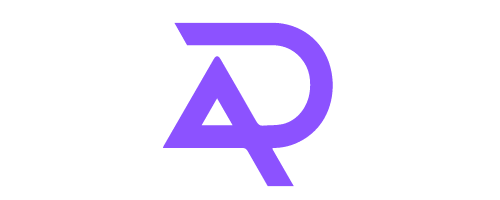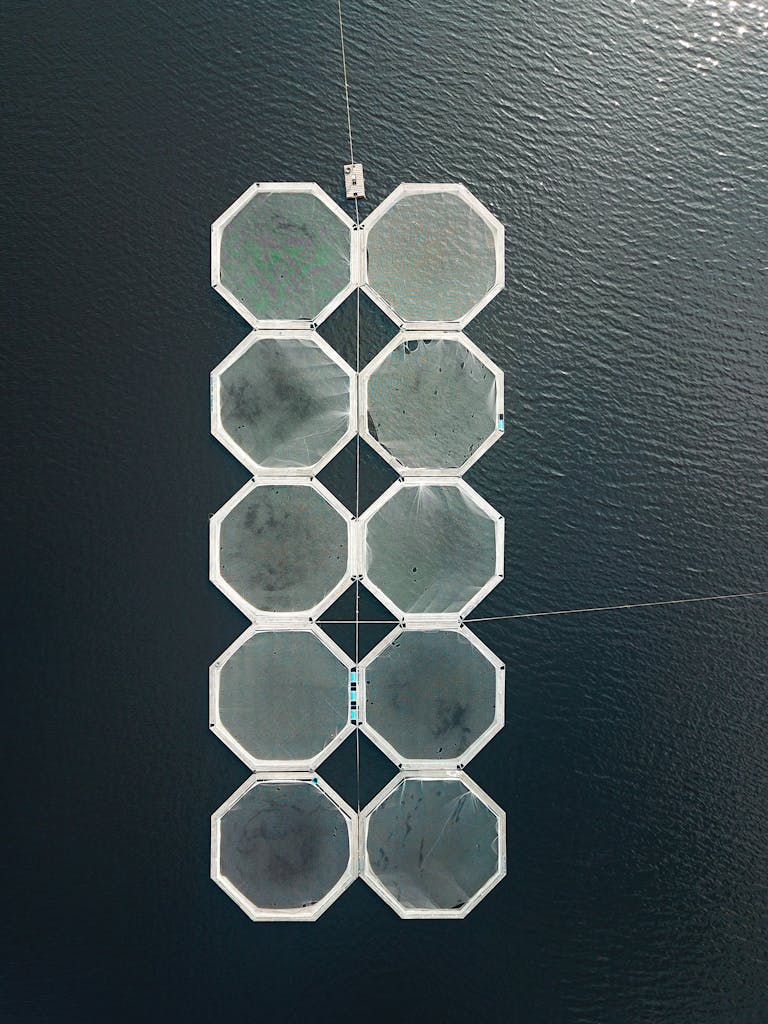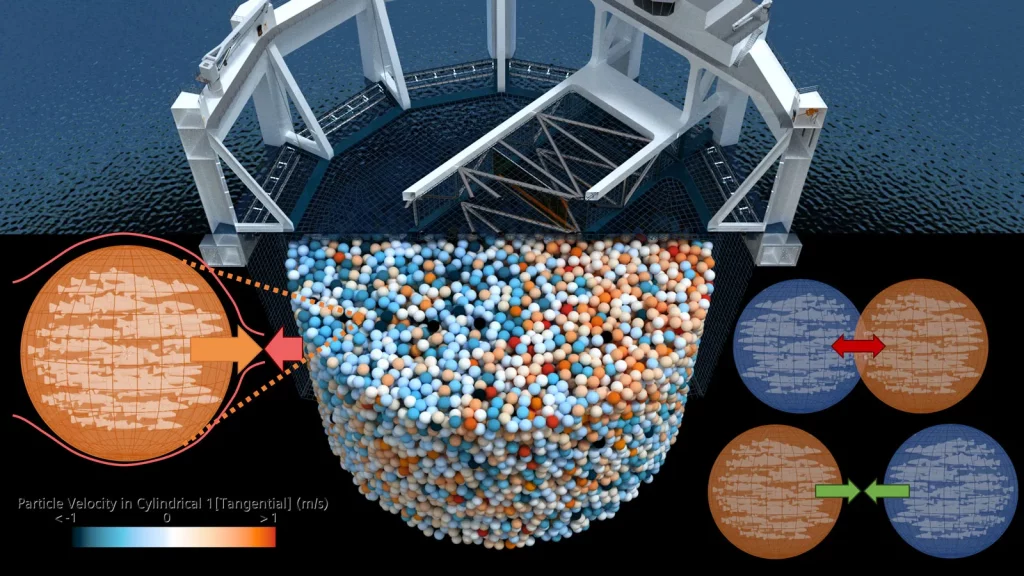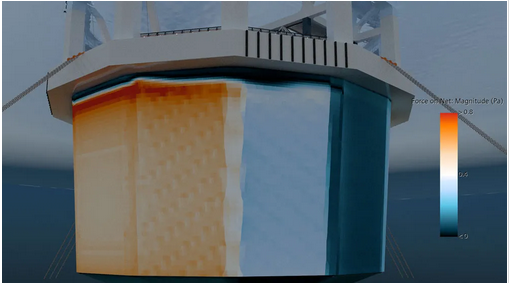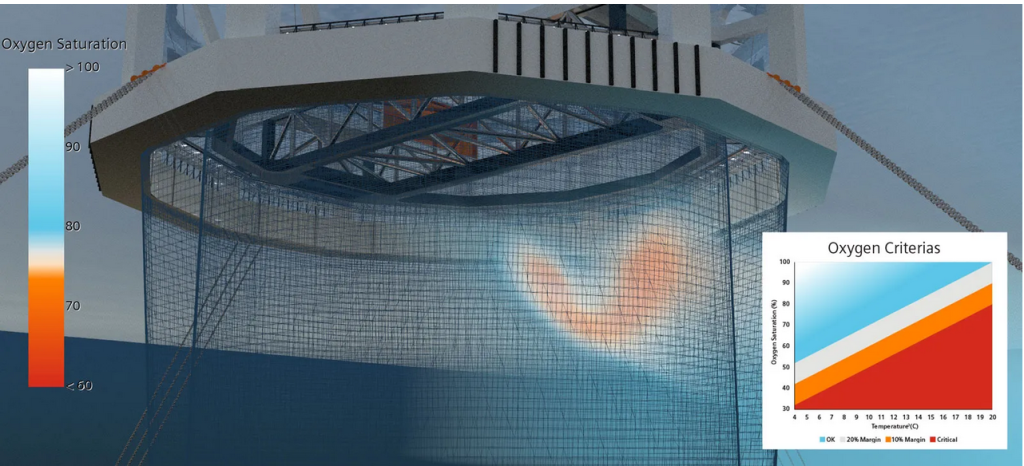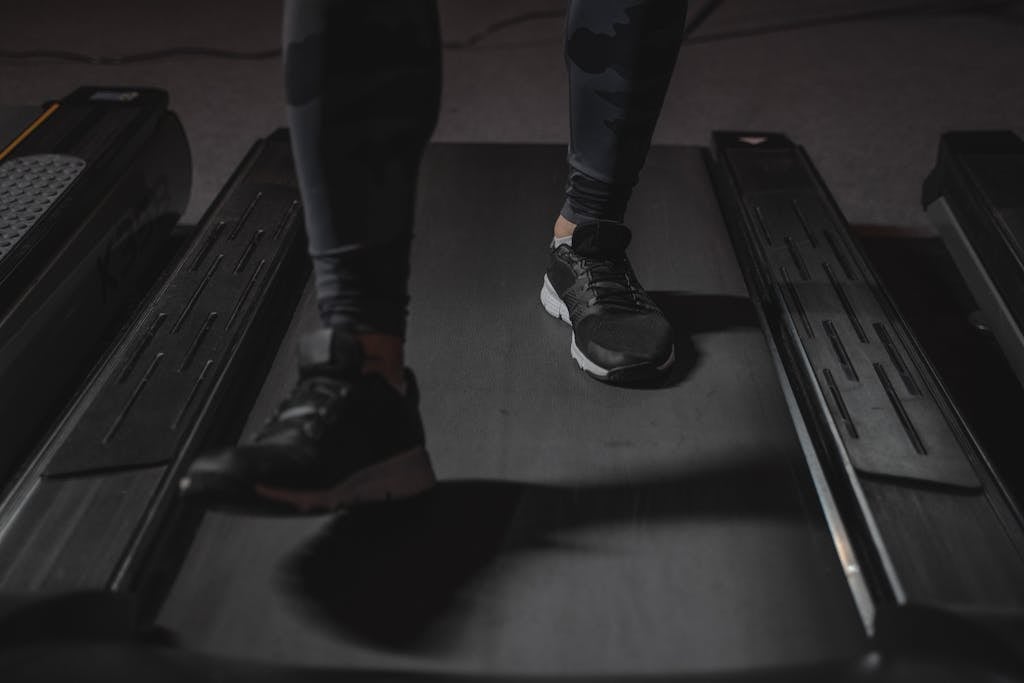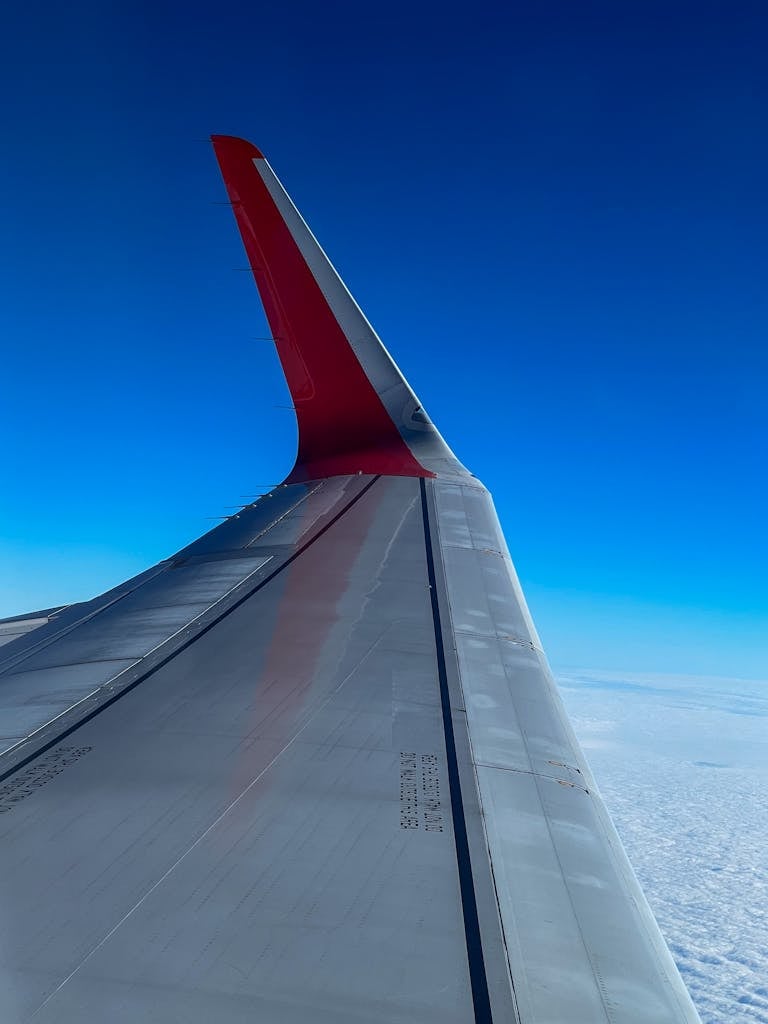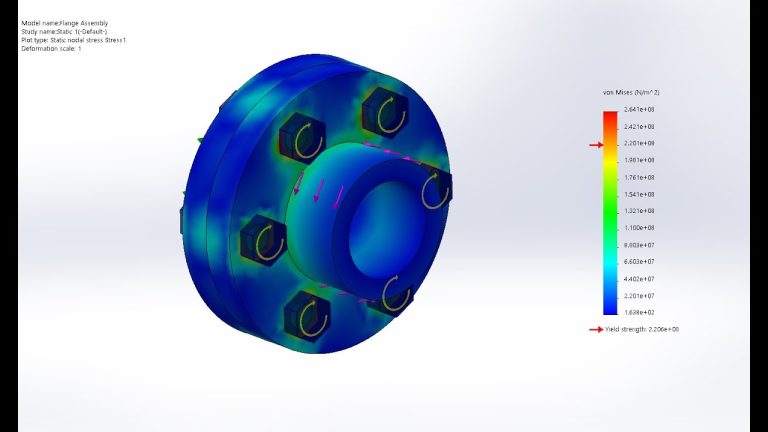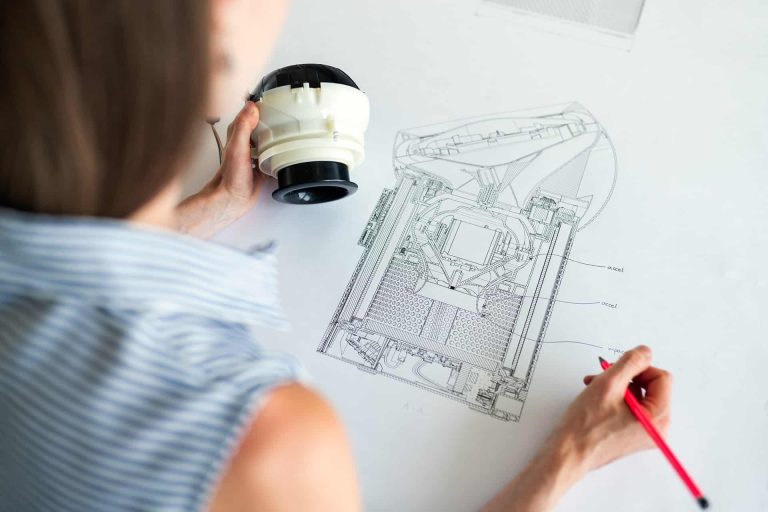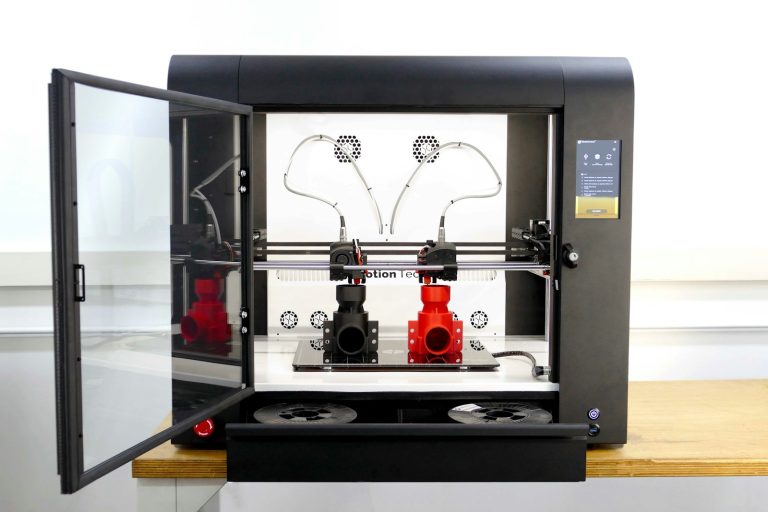CFD Simulations: Revolutionizing Sustainable Aquaculture
In the quest to feed a growing global population while minimizing environmental impact, aquaculture has emerged as a promising solution. By 2050, it is estimated that feeding the world will require a 50% increase in food production, with aquaculture poised to play a crucial role. However, the industry faces significant challenges, including limited space, environmental concerns, and the need to ensure fish welfare.
Aker Solutions, a leading technology and engineering company, is tackling these challenges head-on with their innovative approach to designing offshore fish farms. By leveraging cutting-edge Computational Fluid Dynamics (CFD) simulations, the team at Aker Solutions is revolutionizing the way we think about sustainable aquaculture.
At the heart of their approach is the mantra “Fish First.” The team, led by Kristoffer Jakobsen, head of technology for aquaculture at Aker Solutions, set out to design fish farms that prioritize fish welfare above all else. This meant moving beyond traditional constraints and exploring the potential of offshore aquaculture.
Offshore fish farms offer numerous benefits, including better water exchange, reduced risk of parasites and diseases, and minimal disturbance to wild fish populations. However, designing these massive structures to withstand the harsh conditions of the open ocean while ensuring optimal living conditions for the fish is no small feat.
Enter the power of CFD simulations and digital twins. By creating detailed digital models of their fish farm designs, Aker Solutions can accurately predict flow conditions, water exchange, and the impact of various net types on the living environment for the fish. This allows them to optimize their designs for maximum fish welfare before ever breaking ground.
But the team didn’t stop there. They took their simulations to the next level by incorporating Discrete Element Modeling (DEM) to simulate the behavior of the fish swarm itself. By representing sub-swarms of fish with representative particles and defining interaction forces between them, the engineers were able to model the complex dynamics of a million-strong salmon swarm.
W
The results are nothing short of groundbreaking. The CFD simulations, powered by Simcenter STAR-CCM+ software, have enabled Aker Solutions to design offshore fish farms that not only withstand the roughest ocean conditions but also provide optimal living conditions for the fish. By predicting local velocity fields and oxygen levels throughout the farm, they can ensure the health and welfare of the fish at an unprecedented scale.
As we look to the future of sustainable food production, the work being done by Aker Solutions and their cutting-edge CFD simulations is more important than ever. By putting “Fish First” and leveraging the power of digital twins, they are paving the way for a new era of aquaculture – one that prioritizes the wellbeing of both the fish and the planet.
With the demand for sustainable protein sources only set to grow, the innovations in offshore fish farming and CFD simulations pioneered by Aker Solutions will undoubtedly play a crucial role in feeding the world’s population in the years to come. And that is something we can all feel good about, regardless of our attention span.
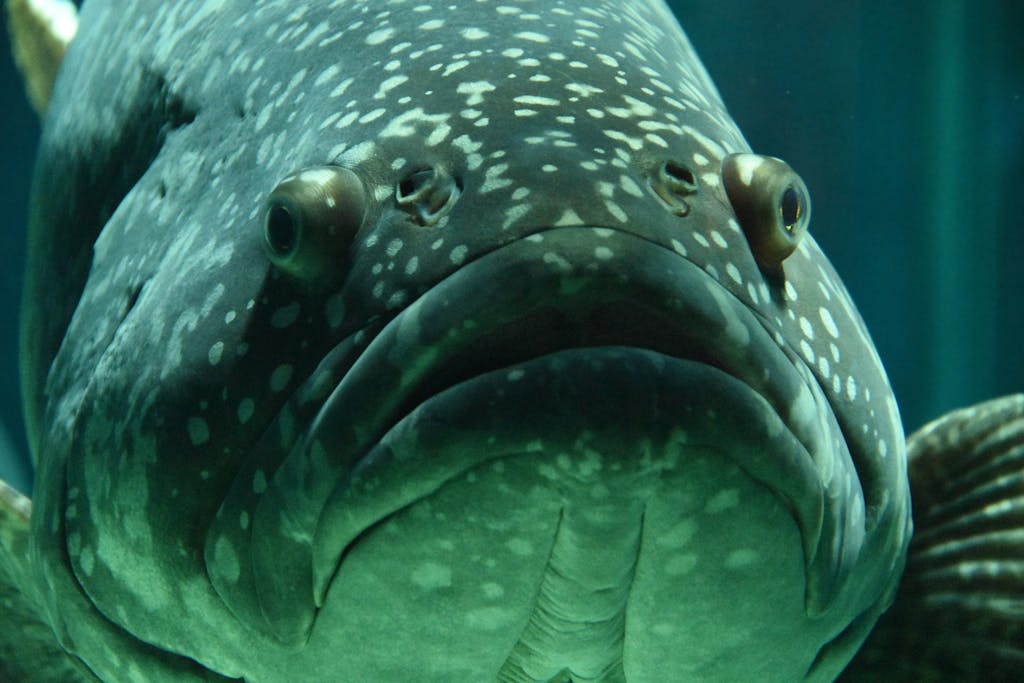
References
Charles, K. (2021). Food production emissions make up more than a third of global total. New Scientist. Retrieved from https://www.newscientist.com/article/2290068-food-production-emissions-make-up-more-than-a-third-of-global-total/
Food and Agricultural Organization of the United Nations. (2022). Greenhouse gas emissions from agrifood systems. Rome: Food and Agriculture Organization of the United Nations. Retrieved from https://www.fao.org/3/cc2672en/cc2672en.pdf
Global agriculture towards 2050. (2009). High Level Expert Forum – How to Feed the World in 2050. Rome: Office of the Director, Agricultural Development Economics Division.
Heidi K Alleway, C. L. (2019). The Ecosystem Services of Marine Aquaculture: Valuing Benefits to People and Nature. BioScience, 59-68. doi:https://doi.org/10.1093/biosci/biy137
Mowi. (2023). Salmon Farming Industry Handbook. Mowi. Retrieved from https://mowi.com/wp-content/uploads/2023/06/2023-Salmon-Farming-Industry-Handbook-2023.pdf
The Norweigain Directorate of Fisheries. (2023). Retrieved from https://portal.fiskeridir.no/portal/apps/webappviewer/index.html?id=87d862c458774397a8466b148e3dd147
United Nations. (2023). Climate Action. Retrieved from https://www.un.org/en/climatechange/science/climate-issues/food
United Nations. (2024). Retrieved from https://www.un.org/en/global-issues/population
